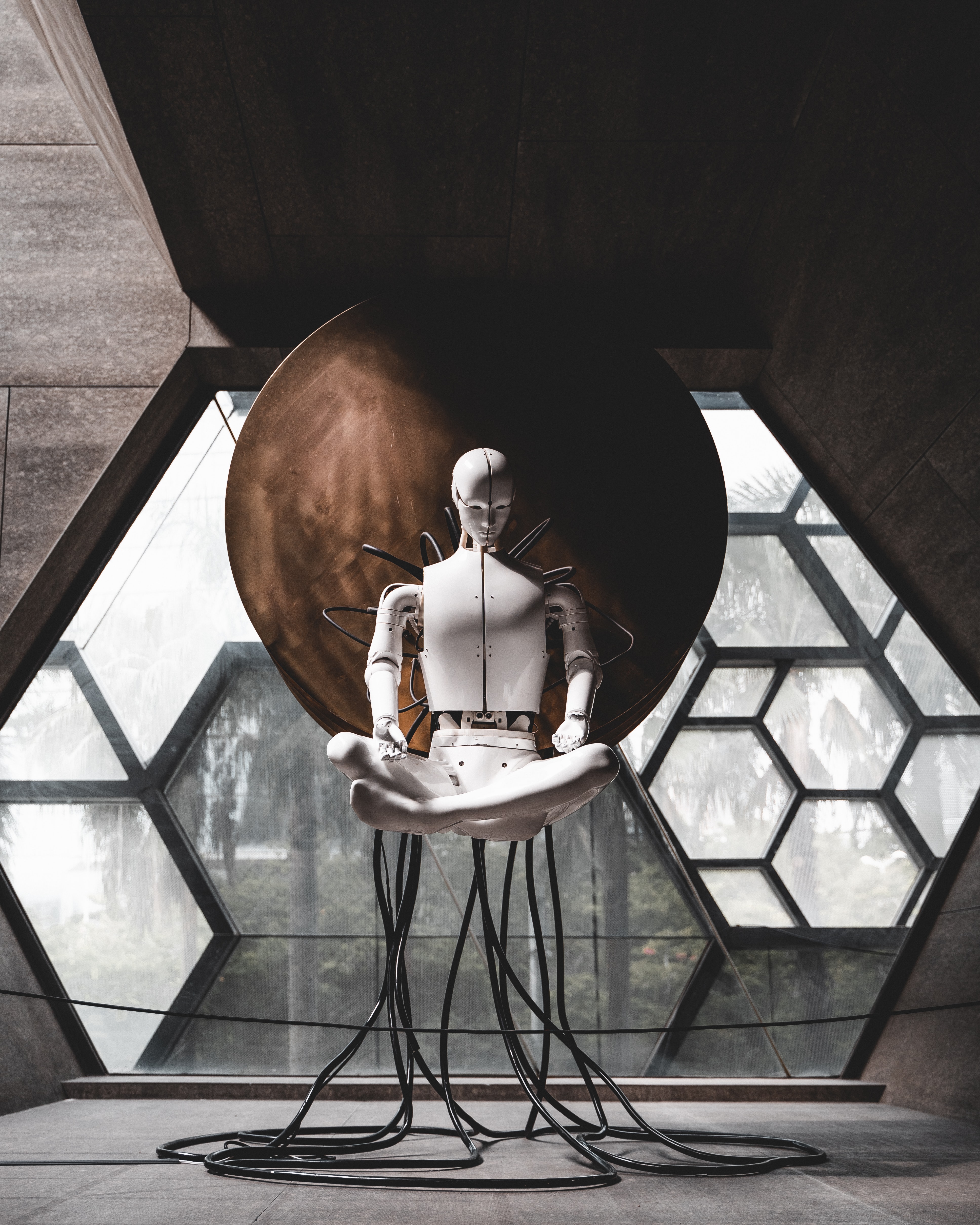Artificial Life in Horacio Quiroga. Commercial Advertisements, Cinema, and the Prompted Suspension of Disbelief
Abstract
The fictional works of the Uruguayan-Argentinian writer Horacio Quiroga allow for a case study on how media shape the image of artificial life. While “El hombre artificial”, one of his early novellas, follows a nineteenth-century scheme of electromagnetic transmission of consciousness, later texts choose “N-rays” (“El vampiro”) or cinematographic projection (“El espectro”) as grounds for spectral life. This is not, however, the only difference between his early and later fiction. On the one hand, the models of literary invention follow the history of technology and the author’s own passion for science and cinema; on the other hand, they can be related to forms of publication, such as the serialized novellas of the illustrated magazine, and the way illustrations and commercial advertisements pervade literary creation. The approach to artificial life in Quiroga’s work sheds light on his own constitution as an author: behind the making of the artificial being stands the making of the artist.
Downloads
References
Baudrillard, Jean, “Simulacra and Simulations”, Selected Writings, Ed. Mark Poster, Stanford, Stanford University Press, 1988: 166-184.
Blondlot, Prosper-René, “N” Rays: a collection of papers communicated to the Academy of sciences, with additional notes and instructions for the construction of phosphorescent screens (1905), Eng. tr. J. Garcin, London, Longmans, Green & Co., 1905.
Boulle Annie, “Science et fiction dans les contes de Horacio Quiroga”, Bulletin Hispanique, 72.3-4 (1970): 360-366, https://doi.org/10.3406/hispa.1970.4023, online (last accessed 03/04/2022).
Brignole, Alberto Brignole - Delgado, José María, Vida y obra de Horacio Quiroga, Montevideo, Claudio García y cía., 1939.
Chihaia, Matei, Der Golem-Effekt. Orientierung und phantastische Immersion im Zeitalter des Kinos, Bielefeld, transcript, 2011.
Chihaia, Matei, “Manos, voces y caretas: averiguaciones antropológicas bajo seudónimo”, Estudios sobre los folletines de Horacio Quiroga, Eds. Martín Bentancor - Alejandro Ferrari, Montevideo, +Quiroga Ediciones, 2019: 27-42.
De los Ríos, Valeria, Espectros de luz, Santiago de Chile, Cuarto propio, 2011.
Depetris Chauvin, Irene, “La violencia gratuita y el poder de lo falso en César Aira”, Revista chilena de literatura, 87 (2014): 69-87, https://dx.doi.org/10.4067/S0718-22952014000200004, online (last accessed 03/04/2022).
Eljaiek-Rodríguez, Gabriel, “Haunted Screens: Horacio Quiroga in Dialogue with Japanese Horror Cinema”, TRANSMODERNITY: Journal of Peripheral Cultural Production of the Luso-Hispanic World, 8.4, (2018): 101-119, http://dx.doi.org/10.5070/T484042050, online (last accessed 03/04/2022).
Ferrari, Alejandro, “’Lo más agarrable para un dibujero’: Quiroga y la ilustración”, Almanaque del Banco de Seguros del Estado, Montevideo, 2020: 189-193.
García Bacca, Juan David, “De la caverna platónica al cine moderno (dos metáforas y una sola verdad)”, Orígenes, 11.35bis (1954): 40-42.
Grad, Iulia - Frunza, Mihaela, “Advertising, simulacra and hyper-reality”, Communication. Strategic Perspectives. PR Trend International Conference 2018, Eds. Ioana Iancu et al., Cluj-Napoca, Accent, 2019: 247-256.
Ludmer, Josephine, “Literaturas postautónomas”, Ciberletras, Revista de crítica literaria y de cultura, 17 (2007), www.lehman.cuny.edu/ciberletras/v17/ludmer.htm, online (last accessed 03/04/2022).
Klotz, Irving. M., “The N-Ray affair”, Scientific American, 242.5 (1980): 122-131.
Page, Joanna, Science Fiction in Argentina: Technologies of the Text in a Material Multiverse, (E-book) Ann Arbor MI, University of Michigan Press, 2016, https://doi.org/10.3998/dcbooks.13607062.0001.001, online (last accessed 03/04/2022).
Quereilhac, Soledad, La imaginación científica. Ciencias ocultas y literatura fantástica en el Buenos Aires de entresiglos (1875– 910), tesis 2010, http://www.ravignanidigital.com.ar/tms/series/tesis_ravig/ltr-005-tesis-quereilhac-2010.pdf, online (last accessed 03/04/2022).
Quereilhac, Soledad, “Ecos de lo oculto en el Buenos Aires de entre-siglos: intervenciones de escritores e intelectuales en medios de prensa”, Literatura y lingüística, 28 (2013): 91-105. https://dx.doi.org/10.4067/S0716-58112013000200006, online (last accessed 03/04/2022).
Quiroga, Horacio, Todos los cuentos, Edición Crítica, Coordinadores: Napoleón Baccino Ponce de León y Jorge Lafforgue, París, ALLCA XX, Fondo de Cultura Económica, Colección Archivos, segunda edición, 1996.
Quiroga, Horacio, Obras. Diario y correspondencia, Eds. Jorge Lafforgue - Pablo Rocca, Buenos Aires, Losada, 2007.
Quiroga, Horacio, El hombre artificial (1910), in S. Fragoso Lima, novelas breves de Horacio Quiroga, Vol. 4, Montevideo, +Quiroga Ediciones, 2019.
Quiroga, Horacio, Cine y Literatura, Buenos Aires, Losada, 2007.
Ramos, Julio, “Faceless Tongues: Language and Citizenship in Nineteenth Century Latin America”, DISPLACEMENTS. Cultural Identities in Question, Ed. Angelica Bammer, Bloomington and Indianapolis, Indiana University Press, 1994: 25-46.
Rocca, Pablo, Horacio Quiroga, el escritor y el mito (Revisiones), Montevideo, Banda Oriental, 2007.
Rodés-Clericó, Mariel, “Simulacros de la realidad en ‘El Espectro’ de Horacio Quiroga”, Actas de las Jornadas de Homenaje a Horacio Quiroga, comps. Sylvia Lago - Alicia Torres, Montevideo, Departamento de Literaturas Uruguaya y Latinoamericana, Facultad de Humanidades y Ciencias de la Educación, Universidad de la República, 1998: 81-85.
Rodríguez Monegal, Emir, El desterrado: vida y obra de Horacio Quiroga, Buenos Aires, Losada, 1968.
Sarlo, Beatriz, La imaginación técnica: Sueños modernos de la cultura argentina. Buenos Aires, Nueva Visión, 1992.
Tarcus, Horacio, “Prólogo: Las afinidades libertarias de Horacio Quiroga”, in Horacio Quiroga, Textos politicos, extraviados & dispersos, prólogo de Horacio Tarcus, selección y notas de Alejandro Ferrari, Montevideo, +Quiroga Ediciones, 2021: 9-26.
Utrera, Laura, De cómo el cine hizo realista a Horacio Quiroga, Montevideo, +Quiroga Ediciones, 2020.
Copyright Notice
You are free to copy, distribute and transmit the work, and to adapt the work. You must attribute the work in the manner specified by the author or licensor (but not in any way that suggests that they endorse you or your use of the work).









